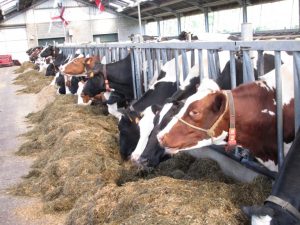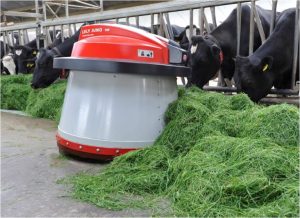Use of feed pusher in dairy farming
Dairy farming is a strong pillar in Limburg's agricultural sector. This versatile sector is also one of the main caretakers of the North Limburg agricultural landscape. In the post-quota era, it is even more important for dairy farming to demonstrate high efficiency and consequently maximise economic output. Moreover, the increasing farm size creates an increasing demand for labour, forcing automation. In that context, this project looks for the advantages of an automatic feed pusher over traditional methods.


Feeding is an important aspect in dairy farming. The top results expected from dairy cows can only be achieved with the help of an optimal ration. This ration must consist of sufficient energy to produce milk but must also contain sufficient structure to allow the animal's digestive system to function optimally. For this reason, dairy farmers try to mix the feed to give the cow as little opportunity as possible to take up feed selectively. A proportional intake of feed ensures that the cow always takes in the optimum composition. Mixing feed is done with specifically designed mixer wagons or by throwing the feed in several layers in front of the feed fence. Adding the feed can give an additional mixing option. Properly mixed feed leads to a better balance in the ingested feed.
As described above, feed supplementation has a dual function of increasing or maximising feed intake and optimising the balance of feed intake. The combination of these functions should lead to higher milk production.
To supplement feed, smaller farms will still often use the shovel and brush while faster, more automated methods are used on larger farms. According to the literature, the average time spent is 26 minutes a day and the feed is added 1 to 10 times a day. Moreover, in practice, when the feed is added only once or a few times a day, the animals start eating en masse. In current livestock farming, there are often fewer eating places than cows, so low-ranking animals cannot reach the feed directly. To give these low-ranking cows sufficient time to maximise their feed intake, the feed should be added often enough. It goes without saying that more automated methods lead to more regular feeding.
Some automatic feed-sliding machines are already available on the market today. These machines are capable of adding feed fully automatically and consequently make adding feed completely labour-free. Automatic feed pusher machines ensure that there is always enough feed at the feed fence. These automated scrapers are powered by electricity and drive through the barn at regular intervals, starting from the loading station and ending at the loading station. At the charging station, the feed pusher can charge itself electrically.
In this project, different feed-sliding techniques will be compared. The advantages and disadvantages will be compared and a profitability study will be made. Specific attention will be paid to the feed intake of the animals, the composition of the feed in front of the feed fence during the day, milk production, labour savings and purchase and consumption costs.








